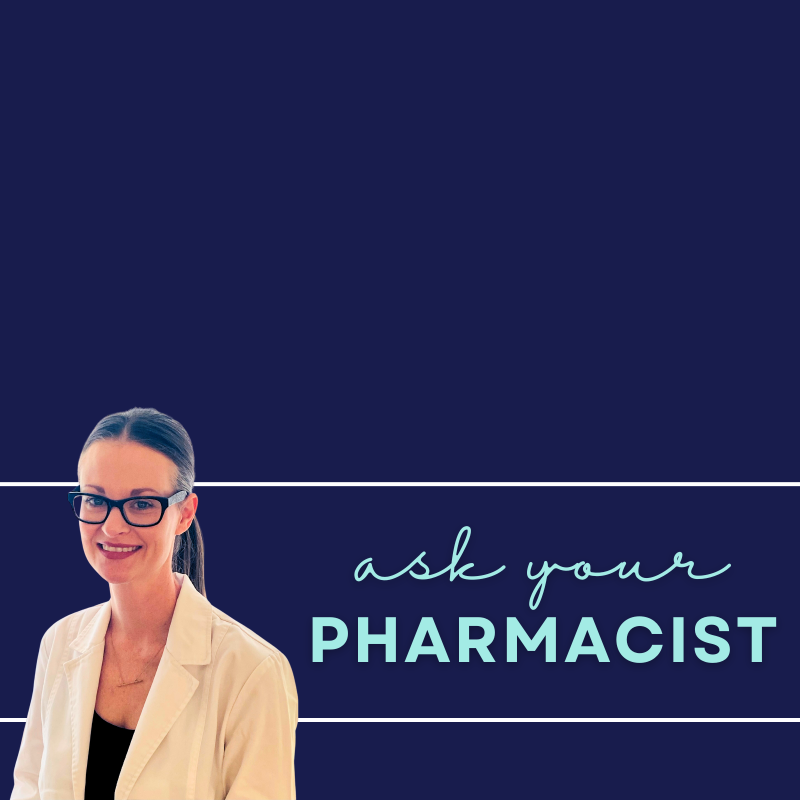
Q: I think I have thrush on my tongue. I tried using an antiseptic mouthwash this morning, but it really burned. How do I get rid of this?
Oral thrush is a yeast infection of the mouth and throat caused by an overgrowth of Candida albicans which is a fungus that naturally lives in our mouths. While anyone can develop oral thrush, certain groups are more susceptible. These include babies, seniors (especially those who wear dentures), individuals with diabetes, those taking antibiotics or using corticosteroid inhalers, and people with weakened immune systems.
The condition typically appears as creamy white patches on the tongue but can also affect the lips, gums, inner cheeks, roof of the mouth, and throat. These patches can be easily scraped off, revealing red, irritated skin underneath that may bleed a little bit. People with oral thrush often describe a cottony feeling in their mouth, along with a loss of taste or a metallic taste. Although it is usually painless, oral thrush can cause redness and cracks at the corners of the mouth that can be painful, especially when eating.
In babies, oral thrush may cause increased fussiness and reduced feeding. If you notice these symptoms, it’s important to check your baby’s mouth for signs of infection. In breast- or chest-fed infants, the infection can be passed back and forth between the baby’s mouth and parent’s nipple, so both should be treated to prevent reinfection.
Oral thrush is most commonly treated with a prescription antifungal medication called nystatin. For adults, the typical dose is 5 ml of nystatin suspension, swished in the mouth for two minutes and then swallowed. This is usually done four times daily - after breakfast, lunch, and supper, and again at bedtime. It’s important not to eat or drink for 30 minutes after each dose to allow the medication to work effectively.
Treatment generally lasts for seven to 14 days. It’s important to make sure your symptoms have been gone for 48 hours before you stop using the medication to ensure the infection has been fully treated.
Nystatin is usually very well tolerated, but some people may experience upset stomach or diarrhea. Since the suspension is quite sugary, it can affect blood glucose levels, so people with diabetes should monitor their sugars closely during treatment.
While treating oral thrush you should change your toothbrush every 48 hours until the infection resolves to prevent reinfection. When I am counselling people on prescriptions for oral thrush, I always suggest they head over to the dollar store across the parking lot before heading home and purchase a handful for soft bristle toothbrushes for this purpose.
If oral thrush has affected the corners of your mouth, nystatin also comes as a topical cream, and this can be applied four times daily until symptoms resolve. It can also be used by breast- or chest-feeding parents if their baby has oral thrush, to prevent passing the infection back to the baby.
If you don’t have a doctor or nurse practitioner that you can see promptly, you can visit your nearest community pharmacy for an assessment. In New Brunswick, pharmacists are able to prescribe treatments for mild cases of oral thrush in patients of all ages. As of July 17, pharmacist services for oral thrush are publicly funded through the provincial Medicare program for eligible patients.
Erin Thompson (BSc, BScPharm) is a graduate of Dalhousie University and a community pharmacist practicing at Shoppers Drug Mart in Quispamsis N.B. Her opinions expressed in this column are published for educational and informational purposes only, and are not intended as a diagnosis, treatment or as a substitute for professional medical advice, diagnosis or treatment.